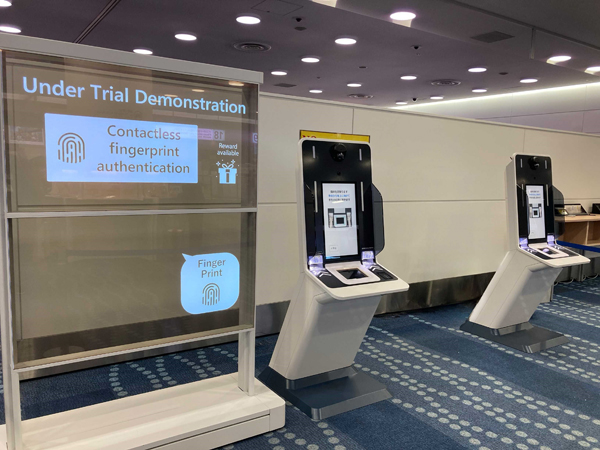Panasonic’s contactless fingerprint authentication technology adopted Immigration Services Agency

The Immigration Services Agency of Japan has adopted Panasonic Connect’s contactless fingerprint authentication technology for a demonstration experiment to be conducted at Haneda Airport’s Terminal 3 to verify the accuracy of contactless fingerprint authentication.
The demonstration experiment will be conducted until Friday, the 28th, with the aim of shortening waiting times for screening during airport landing procedures.
Panasonic Connect’s contactless fingerprint authentication technology is a unique new technology (patent pending) that enables the matching of fingerprint data acquired with current contact fingerprint authentication devices, which cause finger deformation, with fingerprints acquired with contactless devices, which do not cause finger deformation. This allows the fingerprint database already registered with contact fingerprint authentication to be replaced with contactless fingerprint authentication without having to be reconstructed.
Fingerprints are collected by pressing the finger against a fingerprint reading sensor to read the pressed fingerprint, and are used for strict identity verification.
However, contactless fingerprints are acquired without pressing using a camera, unlike pressed fingerprints, and the high error rate in matching with existing fingerprint databases was an issue.
The company has developed a new, proprietary deep learning technology that predicts changes in fingerprint features during compression from fingerprint images acquired without contact, achieving a significant improvement in the accuracy of matching between contactless fingerprints and compressed fingerprints.
※Translating Japanese articles into English with AI
